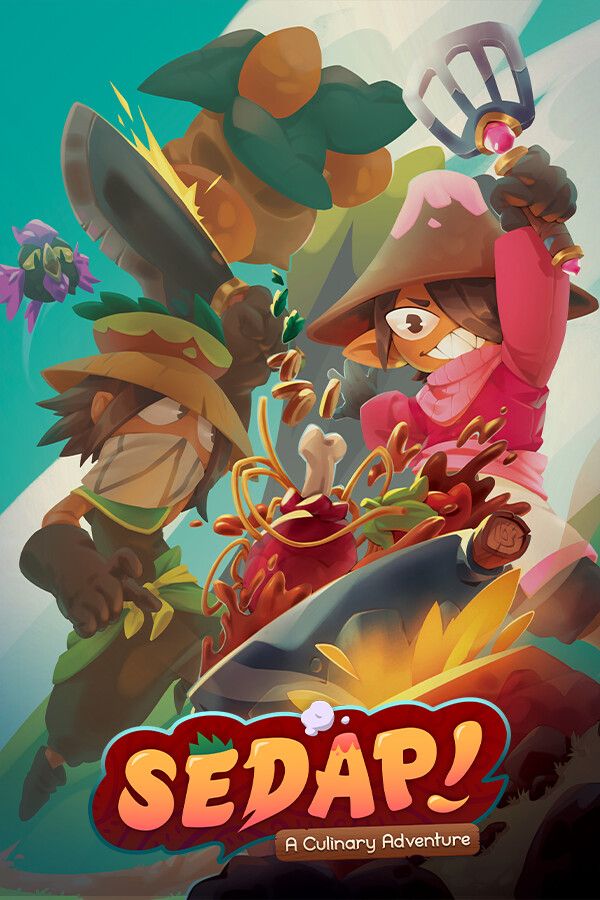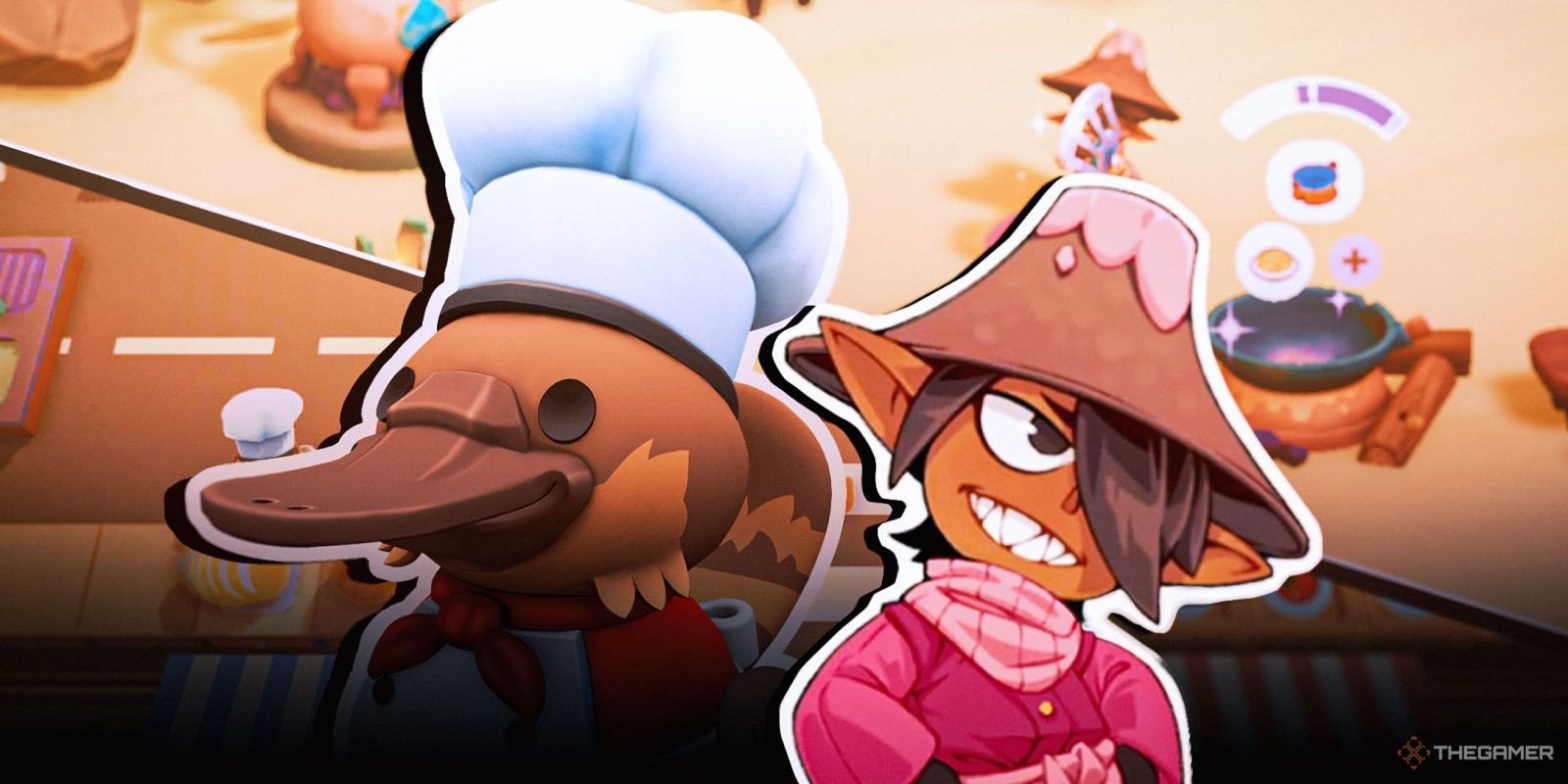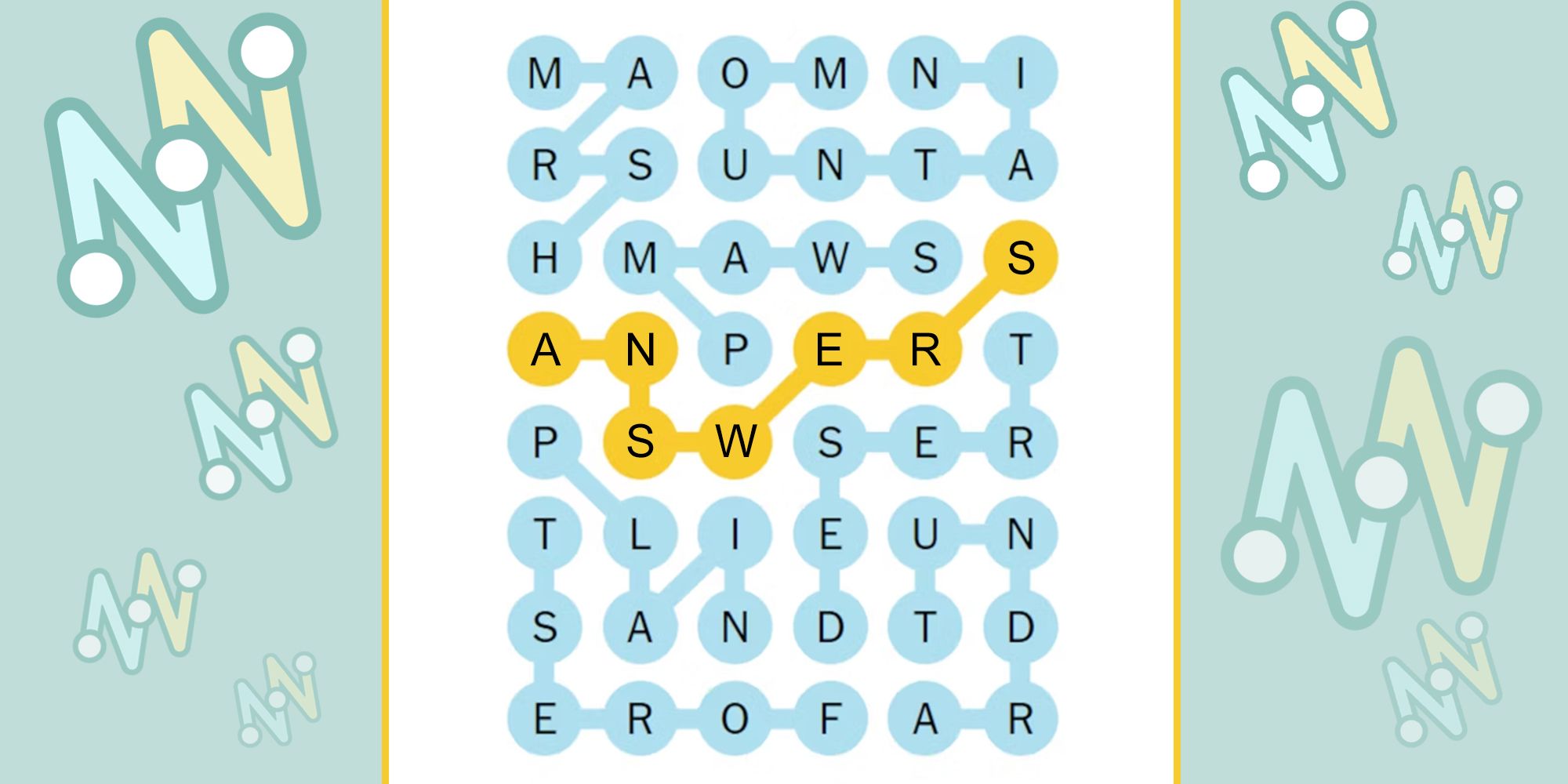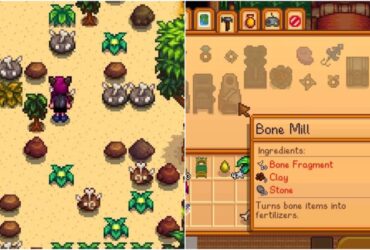If Overcooked has irreparably damaged your relationship with a loved one, you may be eligible for compensation. I’ve only ever played it with friends that I’ve got infallible communication with, and I make it a point to never raise my voice over a normal speaking volume so I don’t end up screaming at my co-op partner, but I know many people who’ve started huge fights with their family and friends because the indie cooking game got too intense.
Overcooked is very fun, when you look past how frustrated it makes you. It’s also one of those rare games that is great for parties yet not made by Nintendo, and it played a part in reviving local co-op, which is becoming increasingly rare as online multiplayer proliferates. In that line, we get Sedap! A Culinary Adventure, which has a demo on Steam now as part of Steam’s Cooking Fest.
Familiar Gameplay, New Setting
Sedap, a Malay word meaning ‘delicious’, is similar to Overcooked in that it’s a cooperative cooking game. As you might guess from the name, this game puts a twist on Overcooked in its cultural roots. The developers, who hail from my home country of Singapore, are using Sedap to highlight the region’s complex culinary culture.
This is particularly appropriate because we take food very seriously here. Southeast Asians are constantly arguing with each other over whose country’s version of a dish is better. Food games coming out of Southeast Asia? Fork found in kitchen. See: Cuisineer.
Sedap’s mechanics will feel very familiar if you’ve ever played Overcooked, but there’s a key difference – you have to hunt down your ingredients yourself. Each level will have a cooking area, with woks, cutting boards, mortars and pestles, kettles, and more. The gameplay here is typical, having you cutting and mashing ingredients as needed, then putting them all into a wok or on a table and playing a quick rhythm minigame to start the cooking process.
We Have Groceries At Home
But you’ll also have to explore the rest of the level to gather what you need. For example, pineapple fried rice, a Thai recipe, requires rice, chicken, and of course, pineapple. You’ll need to venture into Sedap’s lush jungles to pick a pineapple, but in Sedap’s fantasy world, pineapple grows on the backs of turtles, which means you’ll have to fight a turtle in order to get its pineapple. You’ll also have to kill chickens to get their meat. And fight chili monsters to get chili. You see where I’m going with this.
Not everything needs to be beaten up before you can harvest it – things like tea leaves, vegetables, and mangoes can be harvested without having to smash some poor jungle creature to smithereens. But incorporating the need to gather your own ingredients is a particularly nice touch that harkens back to pre-colonial days, when the region was more village than cityscape and there was a more rural culture.
Tying into this is a freshness mechanic, where if you leave ingredients or food out too long, they go bad and become unusable. This stops you from hoarding ingredients and instead taking them from the landscape only when you need them, which keeps the urgency for both players high and disincentivises killing everything in sight right off the bat.
There are weapon and tool upgrades you can buy from a merchant at your base, but this wasn’t fully implemented in the demo.
Naturally, Sedap is designed to be played in multiplayer, allowing each player to take control of a Cooker character and a Hunter character. I played alone, unfortunately, so I can’t say how well multiplayer works, but single-player was a compelling experience on its own. I had to replay a couple of levels to get a perfect score, but each level was challenging without being overly punishing.
With its mix of a beautiful, culturally referential visual style, vibrant landscapes, and absorbing gameplay, Sedap is shaping up to be one to watch. You can wishlist it here and play the demo until November 18.

Two aspiring culinary geniuses open a traveling food truck and venture out to Khaya Island – a long abandoned, dangerous island with no shortage of monsters and mysteries. Together, the duo explore Khaya Island in search of new recipes and tastes while slowly uncovering the veil of secrets that haunts the locale.












Leave a Reply